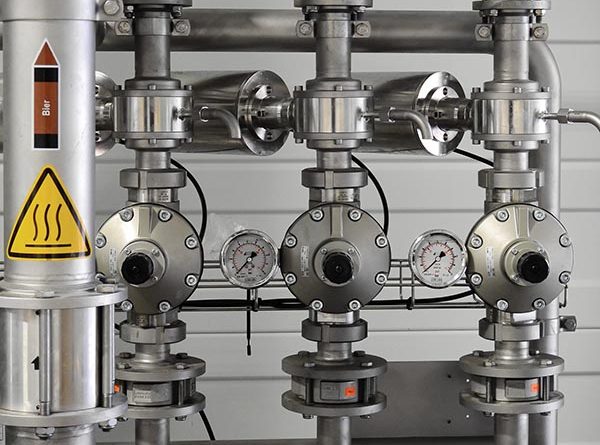Consolidating tech in the utilities sector
Despite the utilities sector being one of the first areas of industry to digitalise its operations in the 1970s, business leaders have been slow to make systematic changes in recent years. Here, Sean Robinson, service leader at Novotek UK and Ireland, explains how the latest technologies can better equip utilities companies to adapt to future energy demands.
In 2015, at the UN climate conference of parties (COP), world leaders agreed to take united action in limiting the rise of global temperatures to less than two degrees Celsius. The pressures to reduce carbon emissions, as well as the shift to post-recession, less energy-intensive industries, have led to a surge in demand for new power and utilities offerings across the globe.
Fossil fuels account for up to 82 per cent of the world’s primary energy usage, but as governments begin to tightly regulate this usage and renewable energy generation is on the rise, utilities companies need to evolve. This presents several growth opportunities for the utilities industry to integrate additional services into their portfolio. However, one of the greatest challenges facing utilities companies is the integration of new and emerging technologies into their business models.
Utilities companies need to begin by evaluating their current systems and infrastructure against their business goals. At Novotek, we’ve found that many utilities companies are using legacy equipment or disparate systems from a wide range of suppliers that, often, are out of sync with other operations in the facility.
While global investment in digital electricity infrastructure and software may have grown by over 20 per cent annually since 2014, at Novotek we are urging utilities companies in particular to move faster. By modernising and consolidating a facility’s existing systems into one, businesses can make a significant return on investment (ROI).
Because data comes from a broad range of sources, consolidation allows organisations to present data easier, while also facilitating effective data analysis.
Data consolidation techniques reduce inefficiencies like data duplication, costs related to reliance on multiple databases and multiple data management points.
Currently, the utilities sector is greatly fragmented as a result of decades of outsourcing in incremental functional and geographic silos. With technologies that exist today, like GE Digital’s Predix Plant Applications software, which is part of the Predix manufacturing execution system (MES) suite, utilities companies can now manage the hundreds of devices and pieces of equipment operating simultaneously across not just one plant, but an entire portfolio from one system in real-time.
Combining predictive machine learning and advanced analytics, the technology can help utilities managers to transition from a reactive to a proactive and prescriptive operating model.
This is because Plant Applications allow plant managers to analyse and configure insights from the data collected, to make informed business decisions and establish new unfragmented processes, to improve other areas of the business, like reducing waste. By 2025, data analytics will to be a core component in assisting companies, like those operating in the utilities sector, in making key business decisions. By consolidating various processes and integrating automation technologies, like GE Digital’s, utilities companies can optimise their operations to significantly improve performance and retain a competitive edge.



